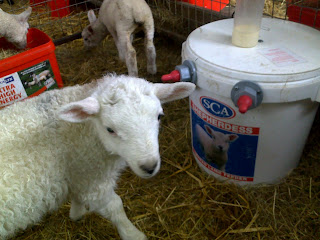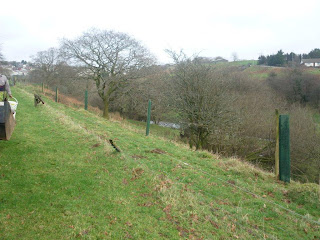The toilet was in need of some TLC and not having time to do this we asked the National Museum at St Fagans in 2008 if they would like it.
Having received a farmhouse as one of the original pieces in the 1952 from Llangennith in Gower which was rebuilt at St Fagans by 1955, they were donated the cowshed and calf cots in 2007. The outside toilet at the farmstead was a ruin so our toilet fills the place in the corner of the garden of Kenixton Farm.
We were invited to the opening of these new buildings on the 20th of June 2012 and were delighted to see how it had been restored.
Hendre Ifan Goch Farm was also the home to Lewis Hopkin (1708-1771)the Bard and preacher, his son Hopcyn Bach was a dwarf and his suit also is at St Fagans Museum.
Lewis Hopkin exerted the greatest influence on the literary life of Glamorgan in that period. He was also the bardic teacher of Edward Evan and Iolo Morganwg admits that Hopkin taught him. He was a well-read and cultured man; it is claimed that he was well-acquainted with English literature of the 18th cent.; he had Latin and French books in his library. He was buried atLlandyfodwg Church
Lewis Hopkin exerted the greatest influence on the literary life of Glamorgan in that period. He was also the bardic teacher of Edward Evan and Iolo Morganwg admits that Hopkin taught him. He was a well-read and cultured man; it is claimed that he was well-acquainted with English literature of the 18th cent.; he had Latin and French books in his library. He was buried at
Hopcyn Bach (Hopkin the dwarf), son of
Lewis Hopkin, the bard, died aged 17 of senile decay in 1754. He visited London Wales Bristol


















